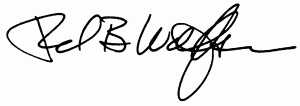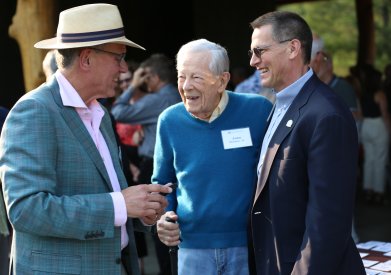Revisiting the Aims of Choosing Wisely
September 25, 2019
It seems like Choosing Wisely has been in the news lately, particularly in The New York Times. Reading two recent articles, you get the impression that Choosing Wisely has done little to make a difference in reducing the overuse of tests and treatments. This criticism can begin to feel like a barrage – a bit of an overstatement, but I am a bit sensitive. Articles and events from the past several weeks seem like a three-act play.
Act 1: Bright and early on a sunny August day, I opened my New York Times (NYT) to read Austin Frakt’s “Why Doctors Still Offer Treatments That May Not Help.” This article’s theme was that physicians don’t change their behavior even when new evidence suggests a change in practice, at least in the short term. It cites Choosing Wisely as an example of new evidence not changing practice. Perhaps we should be pleased we were cited in the NYT and be done with it.
Act 2: Arriving home one merry day I read another article in my beloved NYT: “Physician, Regulate Yourself” by Sandeep Jauhar, MD. Dr. Jauhar writes, “Publishing lists will take us only so far. Asking doctors to voluntarily reduce imaging along the lines of what medical societies have proposed will do little to counteract that kind of excess.” The author blames doctors for not self-regulating. Perhaps he is unaware that the American College of Radiology (ACR) has developed R-SCAN, which uses appropriateness criteria (AC) and which the Centers for Medicare and Medicaid Services will be requiring primary care physicians to use along with other AC tools. Those criteria came from specialty societies, including ACR, the American College of Physicians and the American Academy of Pediatrics.
Of course, promulgating lists of recommendations—just like publishing clinical guidelines—won’t change practice by itself. So what was Choosing Wisely designed to do, if not miraculously decrease use of services with a golden wand? The answer came in an email that provided insight into the impact of Choosing Wisely, and which is Act 3 of this play.
Act 3: On the same day as Dr. Jauhar’s article, Louise Probst, Executive Director of the St. Louis Area Business Health Coalition, sent me an email. She and I had been discussing for several months her efforts to work with local physicians to advance Choosing Wisely. I presented to some local physician leaders, and we have provided her with our resources regarding conversations about unnecessary services. She wrote:
“We have a meeting with local physician leaders tomorrow evening. I am pleased to share that the physicians early to engage have remained engaged, and as word of our Choosing Wisely partnership has spread, more physicians have requested to participate. As we look for opportunities to improve guideline adherence and reduce low-value care, having Choosing Wisely as an evidence base is what gets physicians to the table and enables our work. Thank you.”
The play ends, the curtain comes down, and we begin to understand the import of Choosing Wisely. The words ENGAGEMENT, CONFIDENCE and TRUST come to mind. Have you tried to make changes in health care without the sort of engagement that comes from physicians feeling involved through their colleagues at specialty societies and engaged in making needed system modifications? Without physicians feeling confidence in the evidence and trust in one another, change will be slow to come. It is not possible, and I believe that is what Choosing Wisely has contributed to successful local efforts to reduce unnecessary care.

Daniel B. Wolfson
EVP & COO, ABIM Foundation


